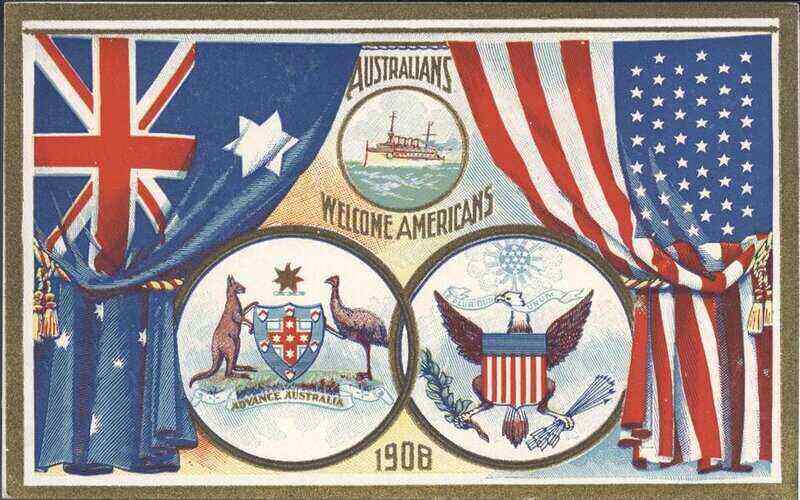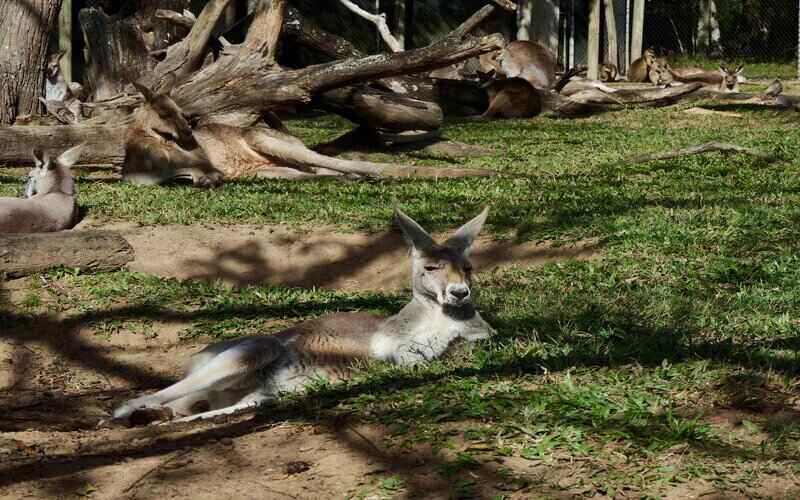On Thursday, the US Federal Reserve lifted interest rates by 0.25% following moves by other central banks across the globe.
For the past six months, central banks across Korea, Norway, NZ, the UK, and Canada have all raised interest rates following COVID recoveries, tight labour markets and surging inflation.
The move from the US comes as no shock, with AMP Chief Economist Shane Oliver noting the US Federal Reserve had been flagging an interest rate rise for six months.
“The Fed started warning of a move in March early this year after inflation kept surprising on the upside, so the move was fully factored into financial markets with US shares actually rallying on positive Federal Bank comments on US economic growth,” Mr Oliver said.
The US Federal Reserve has forecast another six rate hikes this year.
What does this rate hike mean for Australia?
The US Federal Reserve and RBA may not be joined at the hip, but the actions taken by our neighbours across the Pacific point towards what is to come.
Mr Oliver believes the RBA will follow down a similar path to the US Federal Reserve, with the first of three rate hikes forecast in June.
CommBank Economists back this forecast, recently pushing forward their rate hike prediction from August to June with trimmed mean inflation to be 3.25% for the year at mid-2022, implying quarterly rate increases of 0.75% in both quarter-one 2022 and quarter-two 2022.
“The link between US and Australian rates has been tenuous in recent times, only moving together if there is cyclical alignment,” Mr Oliver said.
“This year there is alignment, with both the US and Australia recovering from the pandemic and seeing rising inflation.”
Inflation across the US reached a 40-year high in February, with CPI figures recording a growth of 7.5% annually.
Comparatively, Australia’s quarterly CPI reached 3.5% annual growth, with more movement north forecast for the months ahead.
Mr Oliver said Australian interest rates are likely to rise less than US interest rates reflecting the lower inflation rates in Australia and the start of a downturn in Australian property prices, despite recording the strongest annual growth on record.
“While a decline in the short-term interest rate gap between Australia and the US normally puts downwards pressure on the value of the Australian dollar, this is likely to be more than offset by strong commodity prices which is being accentuated by the war in Ukraine,” Mr Oliver said.
Investments to be at greatest risk
Sharesies Australia Country Manager Brendan Doggett said the overwhelming majority of Australians have exposure to the US markets either through their personal investment portfolio or through their superannuation fund.
"Australian investors with exposure to US companies or ETFs can expect to see those investment prices potentially negatively impacted by rising interest rates," Mr Doggett told Savings.com.au.
"This time around US markets dropped before quickly rebounding, meaning that investors haven’t been too heavily impacted by this first rate increase, because the rate increase was not a surprise."
While there are no truly ‘safe’ shares, Mr Doggett says in times of higher interest rates, markets have historically moved away from growth companies including cash-dependent businesses in the tech sector, and rallied behind value stocks such as banks and other well-established ‘blue chips’.
"Sectors that have been historically popular choices in this environment include energy, agriculture and tangible assets like gold," he said.
"We have seen a noticeable increase in Sharesies investors purchasing gold ETFs and demand remaining strong for index tracking ETFs."
Mr Doggett warns that with a number of rate increases this year, expect to see continued volatility in the markets in over the course of year ahead.
"Investors with a low risk appetite might like to consider investing in ETFs which follow the index and spread risk across a number of companies," he said.
Read more: What does rising inflation mean for me?
Image by Wikimedia Commons



 Denise Raward
Denise Raward
 Harry O'Sullivan
Harry O'Sullivan

 Hanan Dervisevic
Hanan Dervisevic
 Aaron Bell
Aaron Bell

